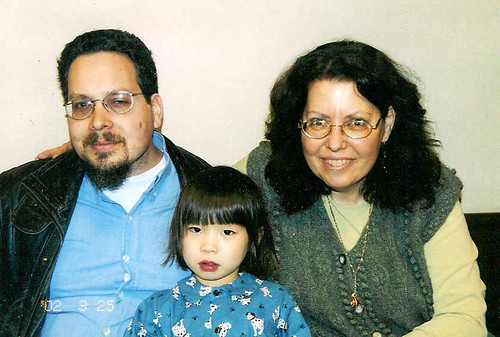|
|
🦋 Narrative?
Lobo Antunes does not use standard construction of language in What Can I Do When Everything's on Fire? -- the story is being told in an extremely cryptic sort of stream of consciousness. I am interested in knowing whether there is a story being told. I know there are characters because Paulo (the narrator) refers to them by name and I can piece together what entity each name refers to even without the help of the Dramatis Personæ at the front of the book. There is a setting -- Paulo is in a psychiatric hospital in Lisbon, and is thinking about Lisbon. There appear to be events as well -- he returns again and again to a scene of himself laughing leaning against his father's coffin, and to (I think) his intake interview at the hospital, and I'm assuming for now that these things happened in the world outside his stream of consciousness. But Lobo Antunes is giving me precious little to hold onto in justifying that assumption. The work is reading much more like poetry than like a novel. I am wishing for a supporting framework of some kind that would allow me to make sense of Paulo's ravings. Particularly it would be nice to have some syntactic clues: some paragraphs begin with em dashes, which appears to indicate a character is speaking; but some other paragraphs which do not begin with a dash sound a lot like dialogue as well. Some paragraphs are italicized, but there's as yet no clue how these are different from the non-italicized text.
posted evening of Sunday, December 28th, 2008
➳ More posts about What Can I Do When Everything's on Fire?
➳ More posts about Readings
| |
|
Drop me a line! or, sign my Guestbook.
•
Check out Ellen's writing at Patch.com.
| |

